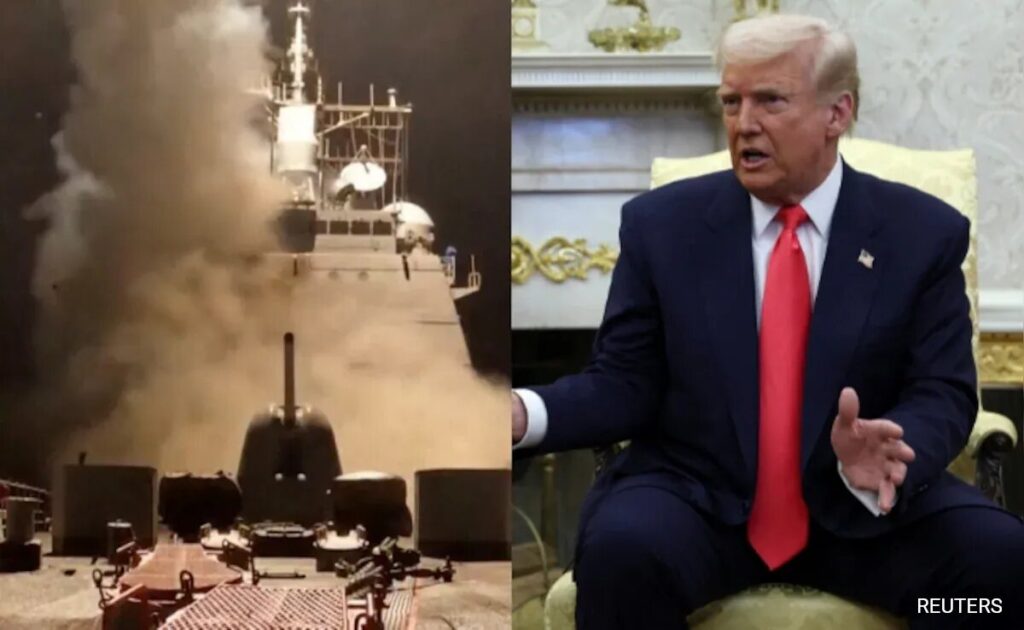Tehran – For nearly a decade, Yemen has been caught up in a devastating conflict, with Ansalala emerging as a formidable force against both the Saudi Arabian coalition and, more recently, the United States. Despite unrelenting airstrikes and crippling blockades, Ansalala demonstrated an increased ability to not only control a significant portion of the country but also restructure regional dynamics.
In March 2015, Saudi Arabia led a coalition of nine countries and launched military intervention in Yemen with the main purpose of reversing Sanaa’s acquisition of Ansalala and restoring President Hadi’s government. Codenamed “Operation Decisive Storm”, the intervention initially consisted of Ansarallah’s airstrikes and a complete blockade. Despite the claims of achieving the initial goal, the Saudi-led coalition intervention explicitly failed to drive the Unsurrara out of power.
The intervention, which was hampered by strategic miscalculation and structural weaknesses, exacerbated Yemen’s humanitarian crisis, leading to widespread civilian casualties and infrastructure destruction. Adept at asymmetric wars, Ansalala misused Saudi Arabia’s failures, expanding its reach and launching a deep attack on Saudi territory.
The conflict was left to a military stalemate, ejecting Saudi Arabia’s resources and exposing the vulnerability of the kingdom’s military capabilities.
US involvement and strategic failures
In March 2025, under President Donald Trump’s second term, the US launched Operation Roughrider, a major campaign for large naval and naval strikes targeting Ansala’s radar systems, air defense and launch sites. The goal was to counter Ansalala, which targeted ships with Israel, in response to the massacres against people in the Palestinian coastal belt of Gaza.
However, the US claims to secure Red Sea transport lanes and reduce Ansala’s capabilities. Despite claims of tactical success, the overall impact of the operation remains questionable.
The Trump administration’s policies have failed for several reasons. It underestimated Ansalala’s resilience, relying heavily on military power, and neglecting the political and social complexities of the conflict.
The heavy civilian casualties from US airstrikes further promoted resilience and undermined the legitimacy of American involvement. By escalating military action without political strategy, Washington risked attracting the region to wider instability.
Ansarallah uses asymmetry and adaptability as a strategy
Ansala’s success stems from the strategic use of asymmetric warfare, including guerrilla tactics and drone attacks, which helped offset the enemy’s excellent firepower.
Their deep knowledge of Yemen’s robust terrain, particularly the northern terrain, and their ability to harness the interior within the Anti-Anara Union, further strengthened their position.
These factors allowed them to not only survive, but also expand their influence.
The cost of endless war
The financial costs of the campaign are incredible. It spent nearly $1 billion over three weeks, but does not include the ongoing costs of the prosperous Prosperity Guardian.
The deployment of expensive assets such as B-2 bombers and aircraft carriers, as well as losses in high-value drones, highlight the unsustainable nature of the air raid campaign.
Meanwhile, Ansalala adapted to target and adapt to US warships in order to withstand strikes and continue their attacks using their enhanced bunkers and underground stockpiles.
Strategic similarities between Iraq and Afghanistan
Yemen’s failure is surprisingly similar to how we’ve passed our engagement with Iraq and Afghanistan. In both cases, the US prioritized military solutions over political negotiations, underestimating local rebellions and ignored complex socio-political realities. As a result, the conflict has increased, anti-American sentiment has increased, and credibility abroad has weakened.
Yemeni analyst Afra Nasser said in a debate called Democracy in Exile: “Yemenis desperately needs a durable, merely comprehensive peace.” She warns that the lack of a clear path to peace could mean “an additional decade of this vicious cycle of violence.”
According to Dawnmena.org, Fatima Abo Alasrar reiterated this concern, claiming Ansarallah’s efforts to “annihilate” the flawed thinking behind Afghanistan’s US failures concealed a lack of understanding of local power structures and political legitimacy.
“(That)… Trump and his inner circle seemed to be playing some kind of video game. It showed that there was no seriousness in Yemen’s questions or treatment with Yemen in general. When Yemen joined along with the Saudi coalition, I thought I could finish my work in six weeks. How to do group chat.
It was truly a testament to recklessness and ignored the importance of the situation in Yemen. Without political solutions to what is happening in Yemen and the Red Sea, without negotiation-based political solutions, military solutions alone are no good. It’s not going well.
We hope Yemen will not be stuck in another Afghanistan in a war with the US for more than decades,” Afra Nassar said.
The Yemen conflict is not only a humanitarian catastrophe, but also a key test of America’s global military stance.
Like Afghanistan, the United States risks not being able to achieve its strategic goals, entrench itself in costly, meaningless conflicts. Unless Washington embraces Yemen-led political solutions that prioritize diplomacy over bombs, Yemen could become another symbol of American overreach and miscalculation.

